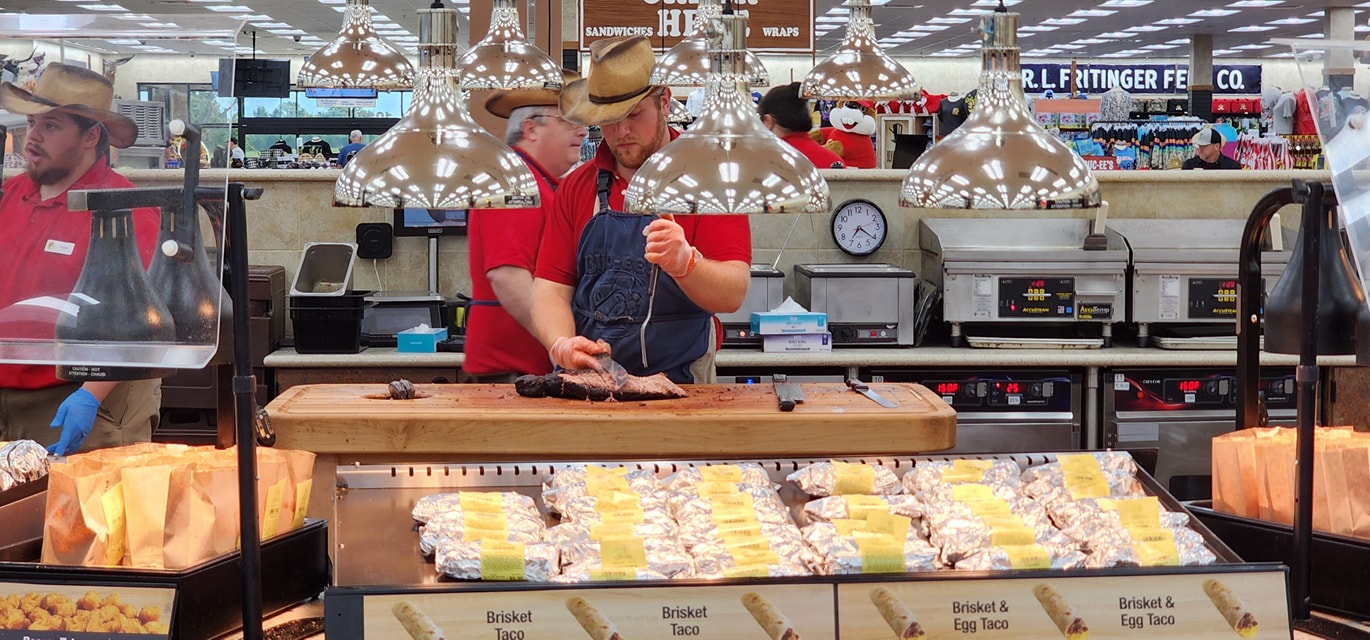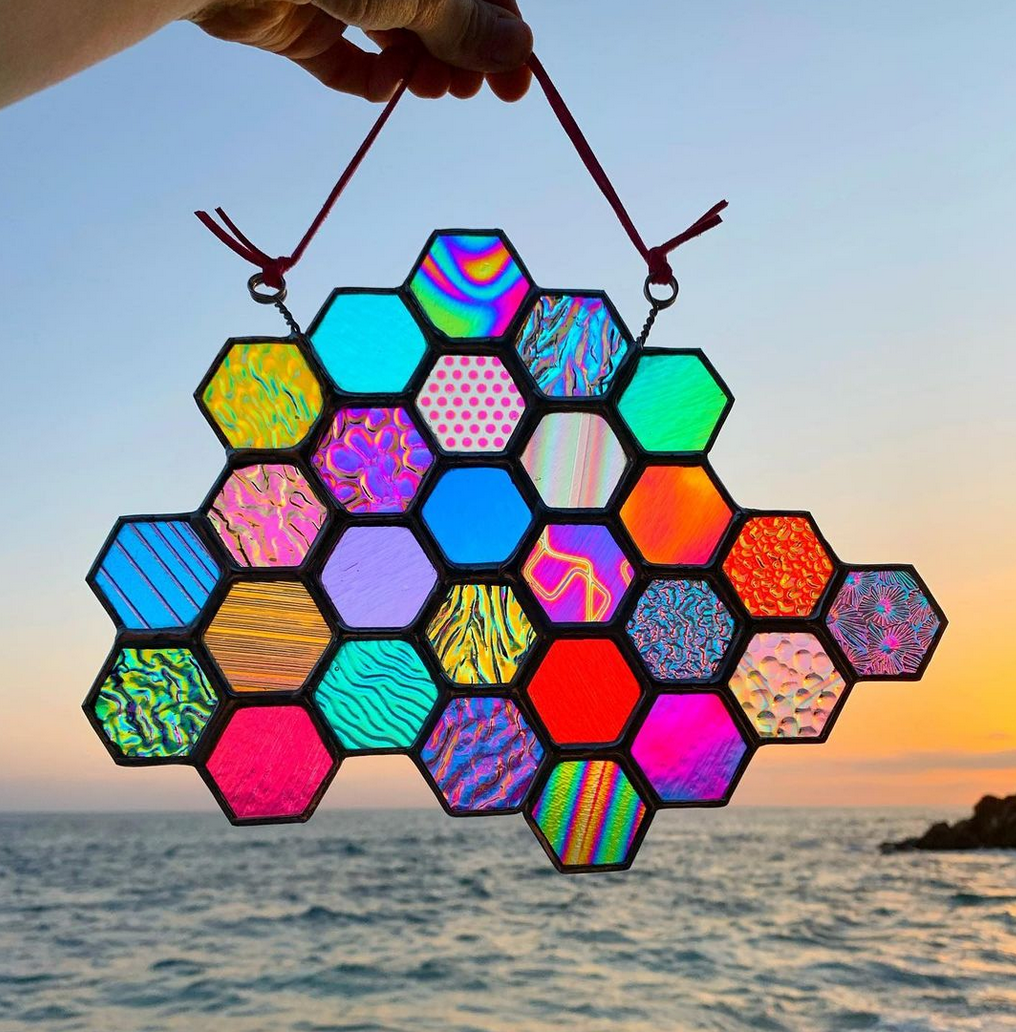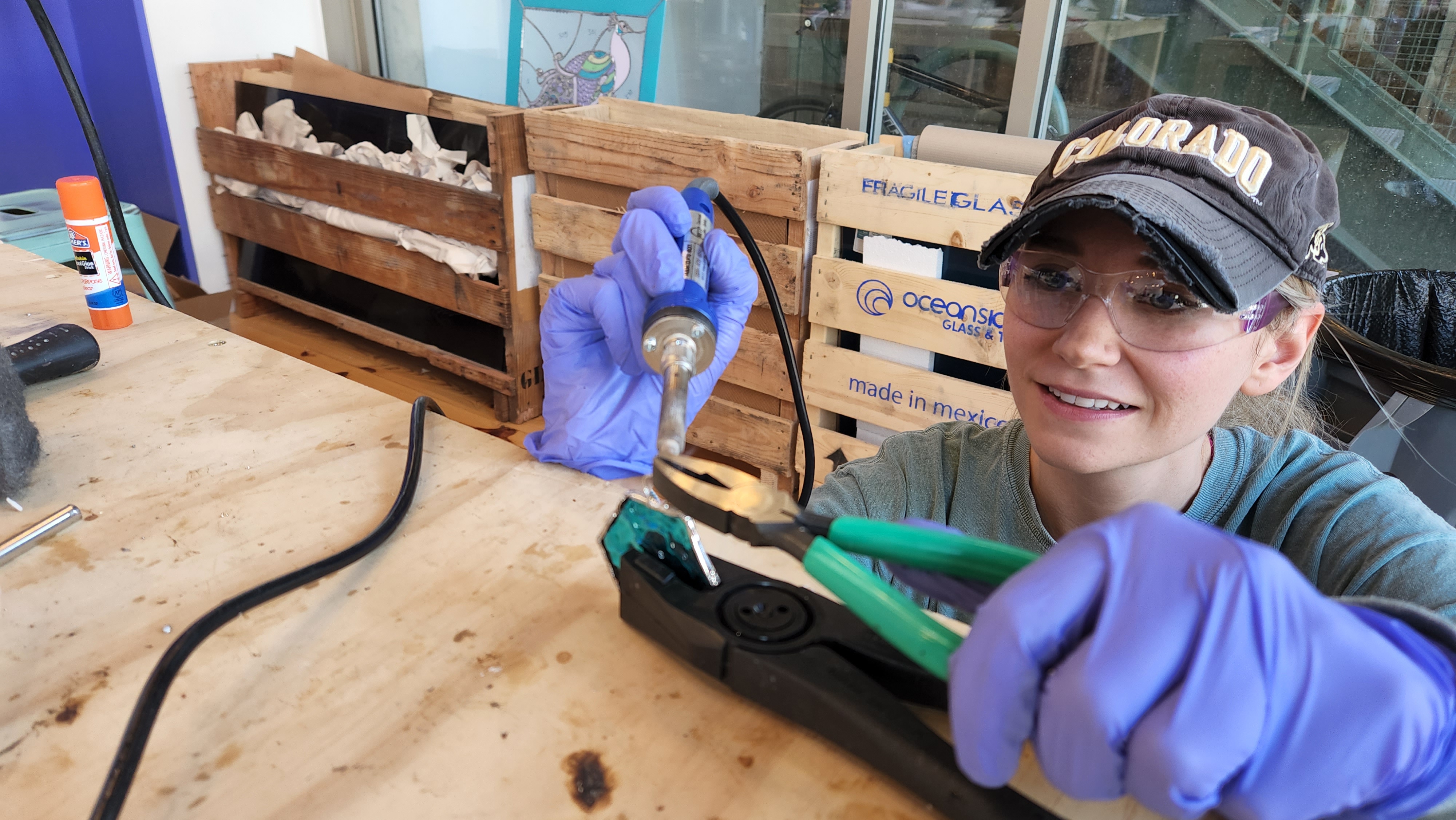This is a part of our ongoing ‘We Tried it’ series where we test out weird and wonderful things to do or see in Colorado. Go here to see what else we’ve tried. Comment below and let us know what we should do next.
Stained glass art carries a historical and magical quality that makes it nerve-wracking when one considers taking it up as a hobby. But a new glass studio in Boulder looks to simplify the process and teach enthusiasts the intricacy of the ancient art form. Colorado Glassworks offers with its classes the chance to create something, a piece of art that comes alive with a trickle of light. We decided to try one of the classes for ourselves.
The Basics

Colorado Glassworks officially opened the doors to its glass studio on Pearl Street just two months ago — but its owner, Meggy Wilm, began her stained glass artistry several years ago. During the fall of 2017, Wilm was at a crossroads in her life. She found herself living in Denver after graduating college and she wasn’t certain what her next step would be, but she knew she had an interest in stained glass art.
“I’ve always liked stained glass as a kid,” Wilm said. “I remember walking by buildings and people’s houses and admiring glass. So I thought ‘I’m done with school, I’m going to take a stained glass class and invest in myself.”
And for the past five years, Wilm has created and sold bold art pieces with themes of wilderness, animals and plants. The next step was to share her passion by teaching others to create their own pieces.

Colorado Glassworks currently offers four different classes for all experience levels. The most popular option is the Beginning Stained Glass Class where students learn the basics of making stained glass art with the copper foil method. In just four two-hour sessions, students can learn everything they need to complete a medium-sized art piece they can take home. All materials and tools are included with the $360 it costs to take the course.
The studio offers other classes as well, including a One Day Beginning Class for those looking for a crash course, a Holiday Session Class and Open Studio Sessions for anybody looking for help on their project or a fun space to create in.
For anyone who prefers working on their hobbies at home, there is the Online Beginners Class option. Wilm offers a pre-recorded course for $100 that teaches the same techniques one will learn in the in-person course but the materials and tools are not included.
The Experience
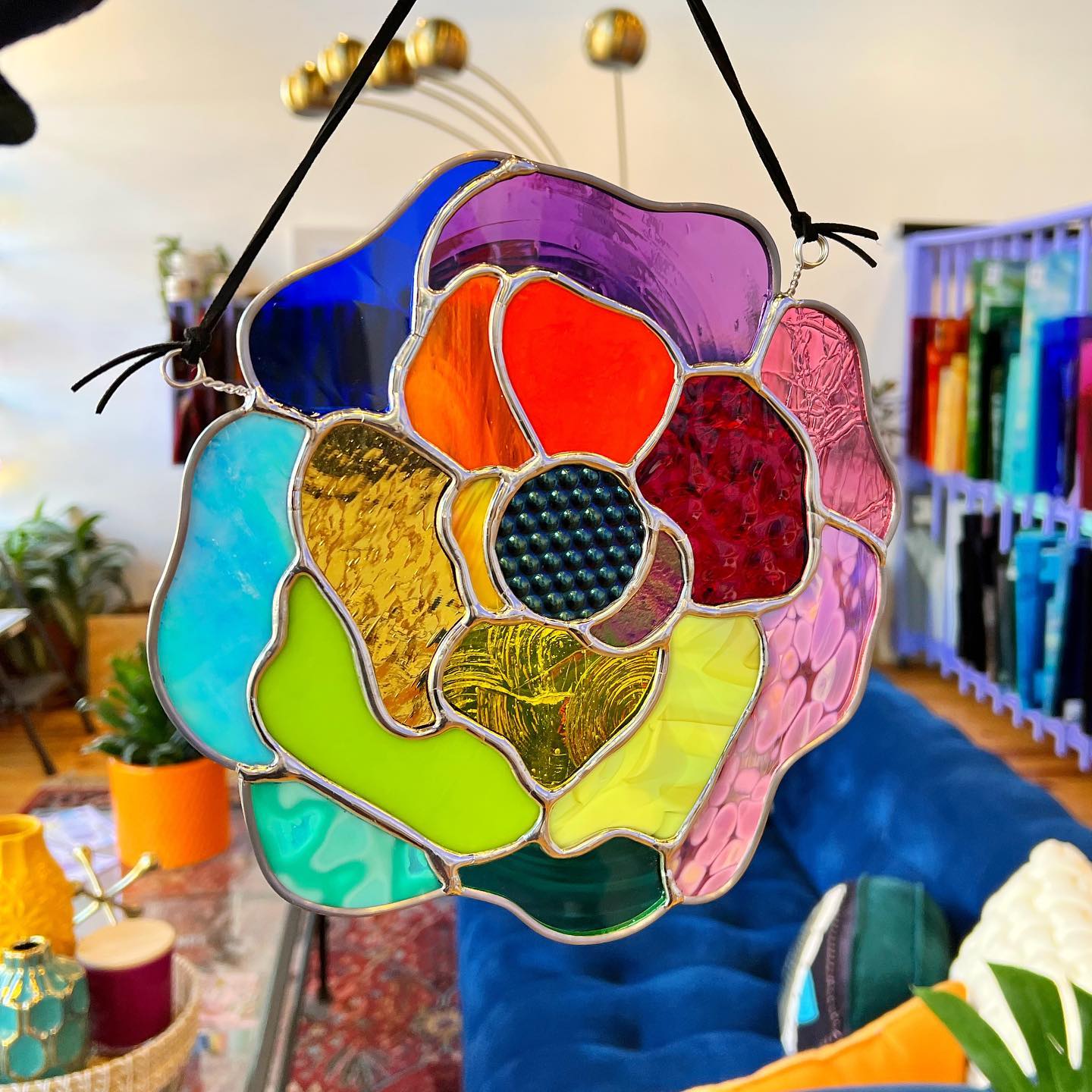
Colorado Glassworks invites you in to peruse — it is almost impossible to resist the invitation. Various stained glass pieces hang by the windows, the colors coming alive with the light. The classes take place on the right where two large workshop tables bear the scratches, burns and shimmering pieces of glass cut by both artists and students alike.
The first step, Wilm instructed, is to pick the sheet of glass you want to work on. It can be whichever texture or color you prefer. Whatever calls out to you. “This can take a while,” Wilm said, “but take your time.” It turns out I didn’t need that much time at all. I instantly found a blue-green sheet with a rippled texture. It reminded me of the sea. I grabbed it with confidence, completely unaware of the problems this texture would later create for me.
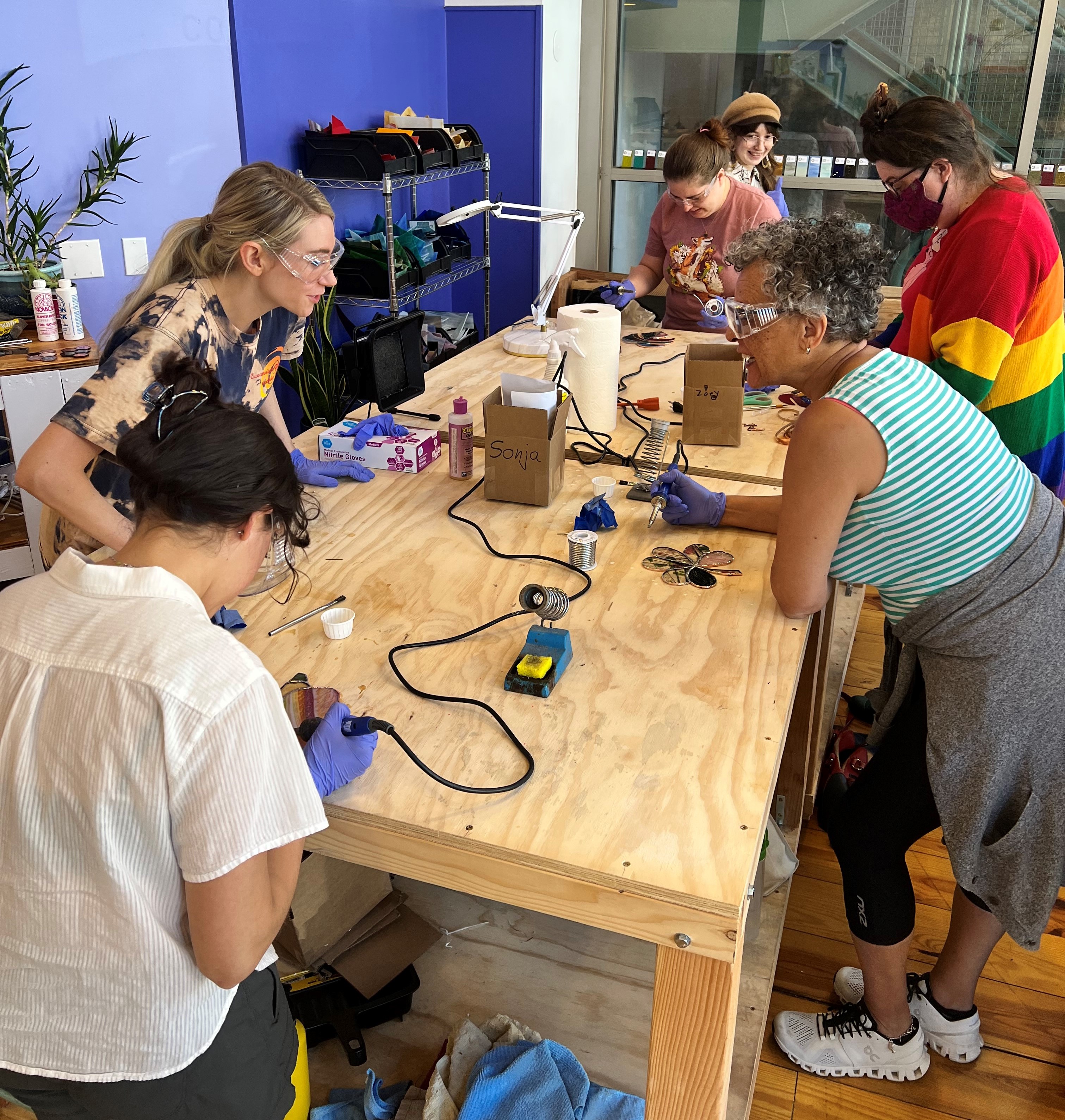
Wilm proceeded to explain the basics of cutting glass, a prospect that intimidated me. She showed me with ease the three basic shapes one must learn to cut – square, circle, and crescent. Each one teaches different things, like working with straight lines, arches and curves. I was surprised to learn how much pressure it requires to cut through the class. It seemed like it would shatter if I applied too much force but Wilm assured me it could take it. The trick was to listen out for a scratchy, continuous sound the blade makes against the glass, which meant the glass would snap easily when I applied pressure with the pliers.
On a smooth piece of glass, this task seemed simple. But now I need to cut the shape on my rippled sheet of glass. The choice was already made. There was no turning back. Many mistakes were made but Wilm was reassuring throughout all of them.
After cutting a few geometrically flawed shapes and a couple of nicks on my fingers – an occupational hazard, Wilm assured me – we went to the grinder to smooth out the edges of my glass piece, Wilm’s least favorite part. Surprisingly, I found it soothing. Here was where my piece started to resemble the shape it was supposed to be. Suddenly my mistakes didn’t feel like such a big deal.
The last and most exciting part was the foil method and the soldering. Because lead will not stick to glass, we first taped copper foil all around the edge of the glass. Once that was done, the fun began. By heating up a piece of lead with a solder machine, it becomes liquid and it magically adheres to the cooper foil encapsulating the edges of the glass. It was scary to work with an extremely heated tool and liquid lead that would sometimes drip onto the wooden surface. But once I completed one line successfully, it became relaxing. This final step is what gives stability to the glass, Wilm explained. Additionally, it completes that aesthetic of lead lining that is quintessential in stained glasswork.
As I watched Wilm demonstrate how to work with this unpredictable liquid lead, I realize she is not only teaching me how to work with stained glass but how to embrace the imperfections that come with it. Every time I thought I made a mistake, she assured me it would work.
“Stained glass is a very rigid art but it can also be very forgiving,” Wilm said. “Sometimes when your glass pieces aren’t perfect a lot of times you can compensate for it. You can build gaps with extra solder. I like that there is some forgiveness in it. It’s perfectly imperfect.”
Once I got the hang of it, I wanted to solder any piece of glass I could find. It was a side effect I was not expecting. I thought of all the other pieces I could cut and solder together. Maybe I could make a flower or a star-filled sky. How do mosaics work? However, the two-hour class was over and in the end, I had a perfectly imperfect honeycomb-shaped glass piece, with the color and feel of the ocean.
The Verdict
While intimidating at first, stained glasswork is a very forgiving and meditative form of art. Once you master the basic techniques you can build up to more intricate pieces. The glass cracked? Try a new one. The line you cut isn’t straight? Grind it into shape. Too much solder on your piece? Impossible. Messing up is encouraged and the mistakes will be beautiful no matter what. With Wilm’s encouraging method of teaching, you will soon discover the inner creativity you might not have known you had. If you are looking for a relaxing yet invigorating way to spend your Saturdays, Colorado Glassworks will undoubtedly do that for you.
Colorado Glassworks is open Tuesday to Friday from 1 p.m. to 7 p.m. and Saturdays from 10 a.m. to 2 p.m. For more information on classes and cost visit the official website or Instagram.



